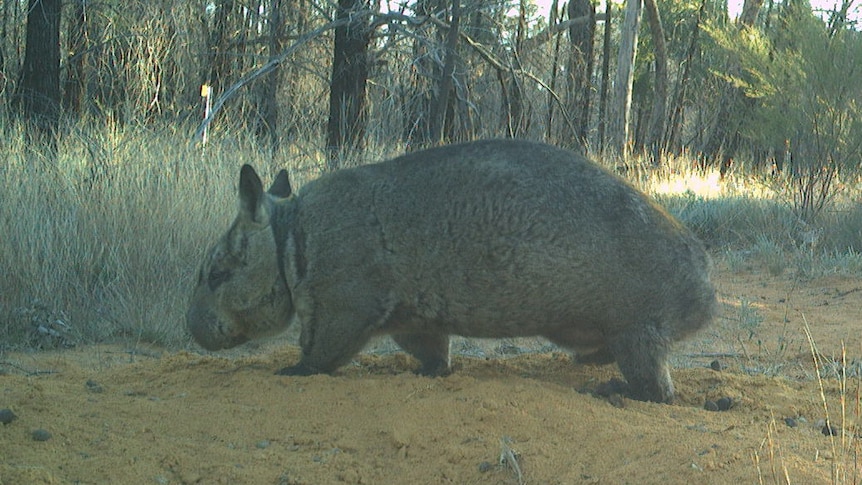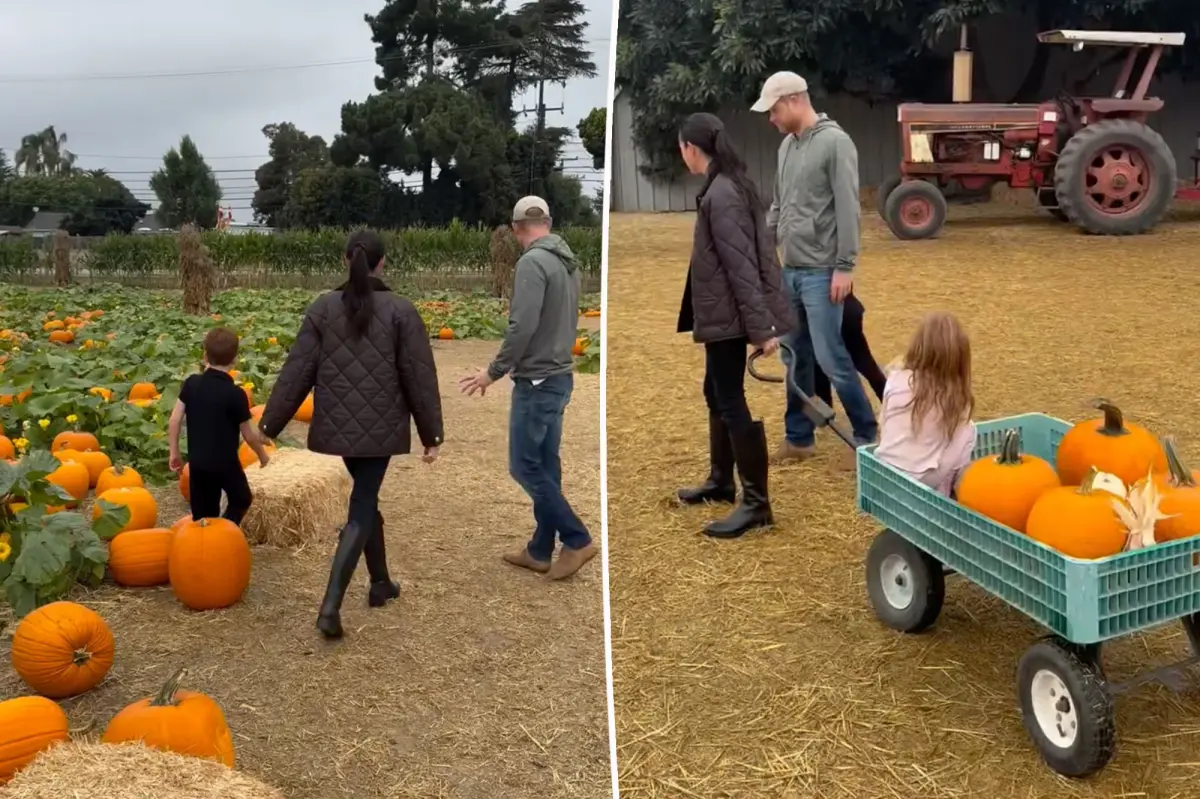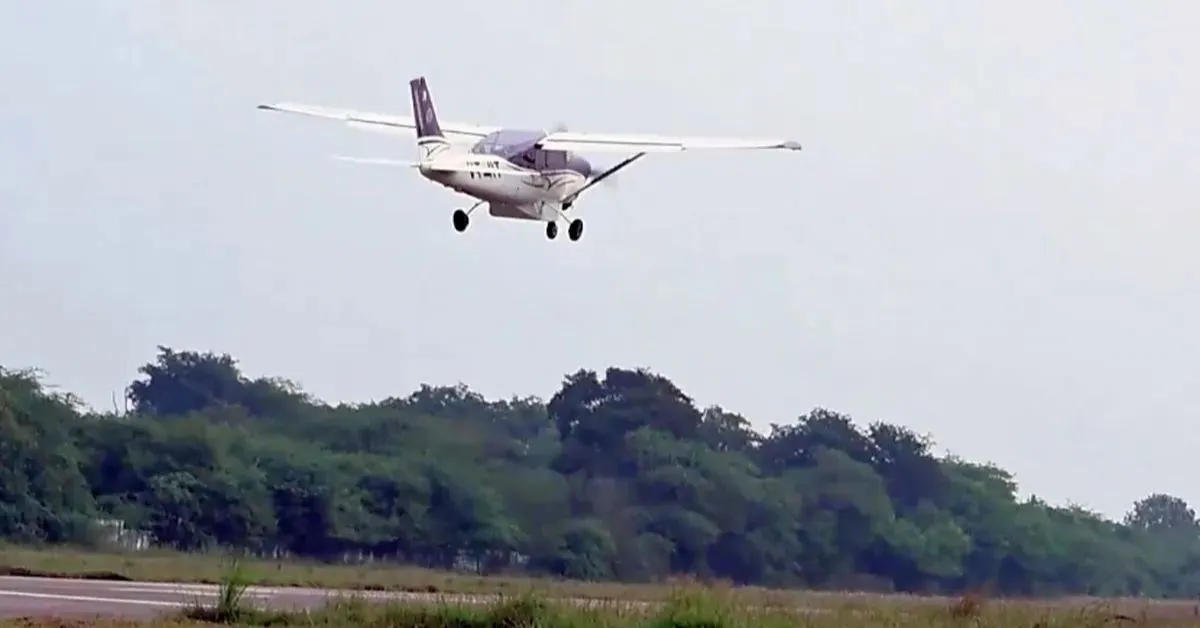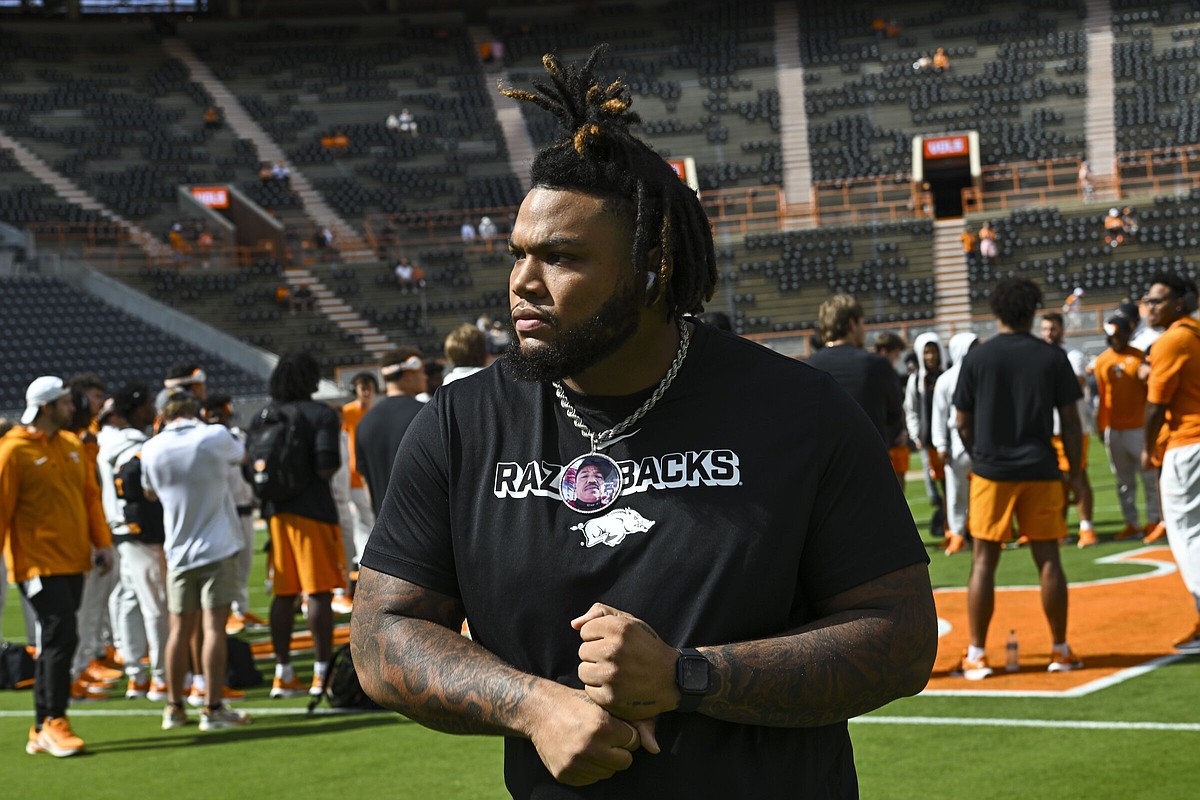Copyright abc

Tucked away in their mothers' pouches, three tiny wombat joeys have unknowingly marked a new era for their species. The infants are the first wild-born northern hairy-nosed wombats at a population rehabilitation site in Powrunna State Forest, near St George in south-west Queensland. Once common across eastern Australia, by the 1980s only 35 northern hairy-nosed wombats remained in Queensland, after land clearing and pests destroyed much of their habitat. Conservation work since then has increased the population. There are roughly 400 in Epping Forest National Park in central Queensland, and about 20 in the Richard Underwood Nature Reserve south of Surat, west of Brisbane. Queensland's Department of Environment started relocating a group of the critically endangered marsupials to a 2,800-hectare site at Powrunna State Forest in May 2024. While the three youngest residents have not been spotted directly, Department of Environment, Tourism, Science and Innovation regional director Rachel Chesher said bumps in a trio of females' pouches were hard to miss on trail cameras. "Everyone that's been involved in the project is just really over the moon to hear this news," she said. "To see that they've actually bred there, it shows they're settling in." In June, the department moved 11 wombats to Powrunna from Epping Forest, joining the 25 relocated since 2024. "There was a fair bit of work that had to go into the site," Ms Chesher said. "There's been a lot of infrastructure out there, fencing, water stations. "To have some born on site within that turnaround is really another mark of how successful the project's been." The short-term goal of the project is to establish three self-sustaining northern hairy-nosed wombat colonies in Queensland. Wombat Foundation ambassador Leanne Brosnan said that was her dream, too. "It's all about having thriving populations across their former range," Ms Brosnan said. "That creates sustainability, genetic diversity and safety because you've spread your eggs over different baskets. "That's what will really mean they've come back from the brink." The species' success against the odds prompted a campaign by the Wombat Foundation to make the northern hairy-nosed wombat a mascot for the Brisbane 2032 Olympics. "We have pitched to the Olympic Committee that we would love to see the northern hairy-nosed wombat as an incredible Queenslander be the mascot," Ms Brosnan said. "That would raise the profile of the species incredibly. "Many people don't know they exist. They're very surprised to hear there's a Queensland wombat." She was confident that putting the wombats on the world stage would help in their fight for survival. "The ultimate long-term plan is to have enough northern hairy-nosed wombats that we can release them back into the wild," Ms Brosnan said. "Keeping going against all odds is a testament to the Olympic spirit, as far as I'm concerned." The three newborn joeys are likely to spend the next 10 or so months inside their mother's pouches before venturing out into Powrunna State Forrest themselves. Once fully grown, they would be among the largest burrowing marsupials in the world, growing up to a metre long and weighing up to 30 kilograms and ideally helping to reproduce future generations.



